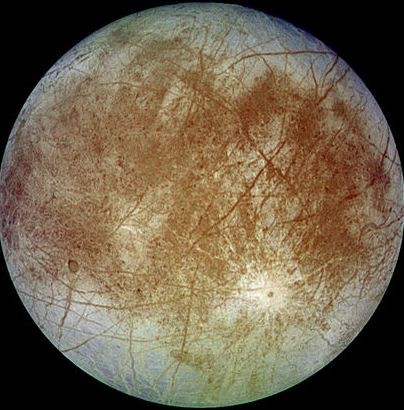With a US$18.5 billion budget allocation in 2016 proposed by President Barack Obama in hand, NASA can finally launch the dream project it's been working on for the last 15 years.
The allocation provides US$30 million to launch a mission to Europa, the Jovian moon scientists are convinced is the most probable location for extraterrestrial life in the solar system. Life on Europa, a water world covered in a thick blanket of ice, will most likely be lower forms such as bacteria and perhaps, algae.
But it will be life and the discovery of life on Europa will prove life as we know it is possible on exoplanets in other galaxies. The satellite aimed at Europa could launch as early as 2022.
"We used to think that in order for a world to be habitable, it had to be just at the right distance from the sun, or whatever your star was," said Dr. Kevin Hand, an astrobiologist at NASA's Jet Propulsion Laboratory to CS Monitor.
Hand said Europa is a "real game changer" since it is very far out from the sun but still has liquid-water ocean as it is orbiting Jupiter and "the tidal tug and pull causes Europa to flex up and down, and all that tidal energy turns into mechanical energy."
NASA said the 2016 budget supports the formulation and development of the Europa Mission and will enable it to begin Phase A of this project, according to PC Magazine.
The Europa Mission will likely follow the path set-out by NASA's "Europa Clipper" mission concept. This involves 3.5 years orbiting Jupiter's but involving nearly 50 flybys of Europa. The Europa Mission could also involve landing a probe on the icy surface of Europa.
The Europa Clipper mission concept will equip a satellite with radar to penetrate the moon's frozen surface and determine the thickness of the ice shell.
There will also be an infrared spectrometer to investigate the composition of the surface materials; a topographic camera for high-resolution imaging of surface features and an ion and neutral mass spectrometer to analyze the trace atmosphere during flybys. Europa's surface will be mapped for potential future landing missions.
If the Europa Mission does follow the Europa Clipper guidelines, it might launch in 2022. The total Europa Mission cost could come in at US$2 billion.



























